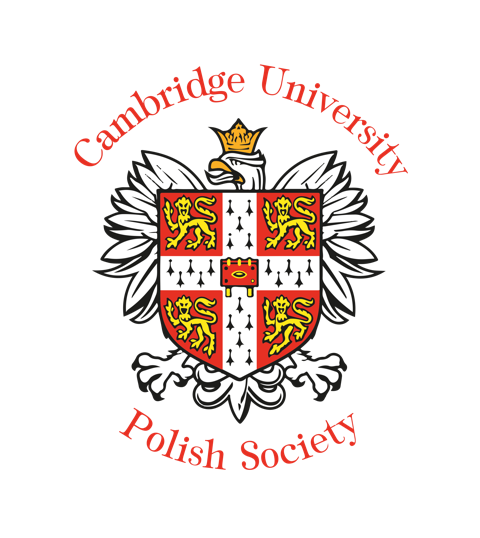Stanisław Wyspiański
Too Many Talents for one life

Self-portrait (1902)
Stanisław Wyspiański is a Polish artist with one of the widest range of interests. Throughout his life, he tried his hand in various fields including theatre, literature, architecture and art. As he lived in Krakow, then a part og of the Austro-Hungarian empire, he could easily travel around Europe and acquire extremely wide knowledge concerning foreign cultures - which was not as simple then as it would be today.
Wyspiański was born in Kraków on 15th January 1869. His family on his mother’s side put a substantial effort towards promoting Polish culture and independence, which determined both his attitude towards life and a unique style of work. As his father was a sculptor, art had an equally strong presence in young Stanisław’s life as patriotic values. It didn’t take long before the boy began spending hours practicing his drawing following the suggestions of Jan Matejko, the illustrious celebrity painter of the time. His secondary school education at Bartłomiej Nowodorski’s High School resulted in his attraction towards antique art during his teenage years.

Wyspiański in 1897
Having begun life under such auspices, Wyspiański couldn’t have ended up anywhere else but in Jan Matejko’s Art School, where he learnt skills that made him the distinguished artist later in his life. He also studied Philosophy at the Jagiellonian University, before graduating in 1890. He then embarked on a journey that would take him hundreds kilometers away from home, to Paris, Vienna, Venice, Padua, Verona and Milan. A year later the young artist applied for art studies at the prestigious École des Beaux Arts in Paris. . Unfortunately his application was turned down following which he enrolled in a private Académie Colarossi. During his stay in Paris Stanisław began to develop his attraction towards theatre, which would later bring forth his greatest play – “The Wedding”, considered a classic masterpiece of Polish drama.
In 1894 Wyspiański left Paris, never to return. Despite continuing money struggles during the four years spent in French capital, the time he lived there was considered as a great investment. After returning to Kraków, Wyspiański suffered acute nostalgia for Paris and depression which would not leave him until 1897, when he finally resigned himself to life in Kraków. This decision was reaffirmed when he married Teodora Pytko in 1900. At first the marriage was considered a mesalliance, as his wife originated from a peasant family, but the scandal was forgotten quickly. Wyspiański would share his life with his wife and their three children until his death on 28th November 1907.

Self-portrait with wife (1904)
His works were mainly created using pastels, but he also frequently received commissions as a church revitalizer and designer of stained glass and polychromies. Besides working in churches, Wyspiański painted countless portraits, landscapes and still life, using a characteristic method of painting with smudges surrounded by a sharp contour. His output as a playwright was very much influenced by the tradition of Polish romanticism and symbolism, then a new and potent direction in European drama. The themes of his plays varied from antiquity to relatively recent November 1831 uprising, against the Russian occupation. His greatest plays, “The Wedding”, “Acropolis” or “”The November Night”, have always been considered profound philosophical commentaries on Polish history and psyche. They were very modern concepts, on the cutting edge of the theatrical experimentation which was going on in Scandinavia and France, but probably the traditional preoccupations with Polish themes made them palatable to more conventional audience. Wyspiański, as few artists did at the time, often became inspired by his own artwork and then produced a literary piece on the same theme. Although fully recognized for his genius in Poland he never gained European fame and till the end of his short life struggled financially. He died of tuberculosis on 28 November 1907. His work continues to influence Poles who believe he gave the modern form to Polish romanticism.
Bibliography:
- Romanowska, M. (2007). Stanisław Wyspiański [Internet] Culture.pl, webside. Available from: http://culture.pl/pl/tworca/stanislaw-wyspianski [accessed 6 September 2007]
- Cyganik, K. (2015). Męka, trud, pasja tworzenia. O niezwykle intensywnym, choć krótkim życiu Stanisława Wyspiańskiego. [Internet] Niezła Sztuka, website Available from: http://niezlasztuka.net/o-sztuce/malarz-pisarz-scenograf-grafik-ilustrator-typograf-sztukmistrz-wyspianski/ [accessed 16 December]
- Rypniewska, K. (2012). Dzieła Wyspiańskiego w galerii jednego obrazu [Internet] Rynek i Sztuka, webside. Available from: http://rynekisztuka.pl/2012/07/31/stanislaw-wyspianski-malarz-poeta-projektant/ [accessed 31 July 2012]
- Wakulińska, J. (2015). Stanisław Wyspiański – najważniejsze dzieła [Internet] Gazeta.pl, news section. Available from: http://wiadomosci.gazeta.pl/wiadomosci/1,156046,5636683,Stanislaw_Wyspianski___najwazniejsze_dziela.html [accessed 5 January 2015]
If you want to read more:













